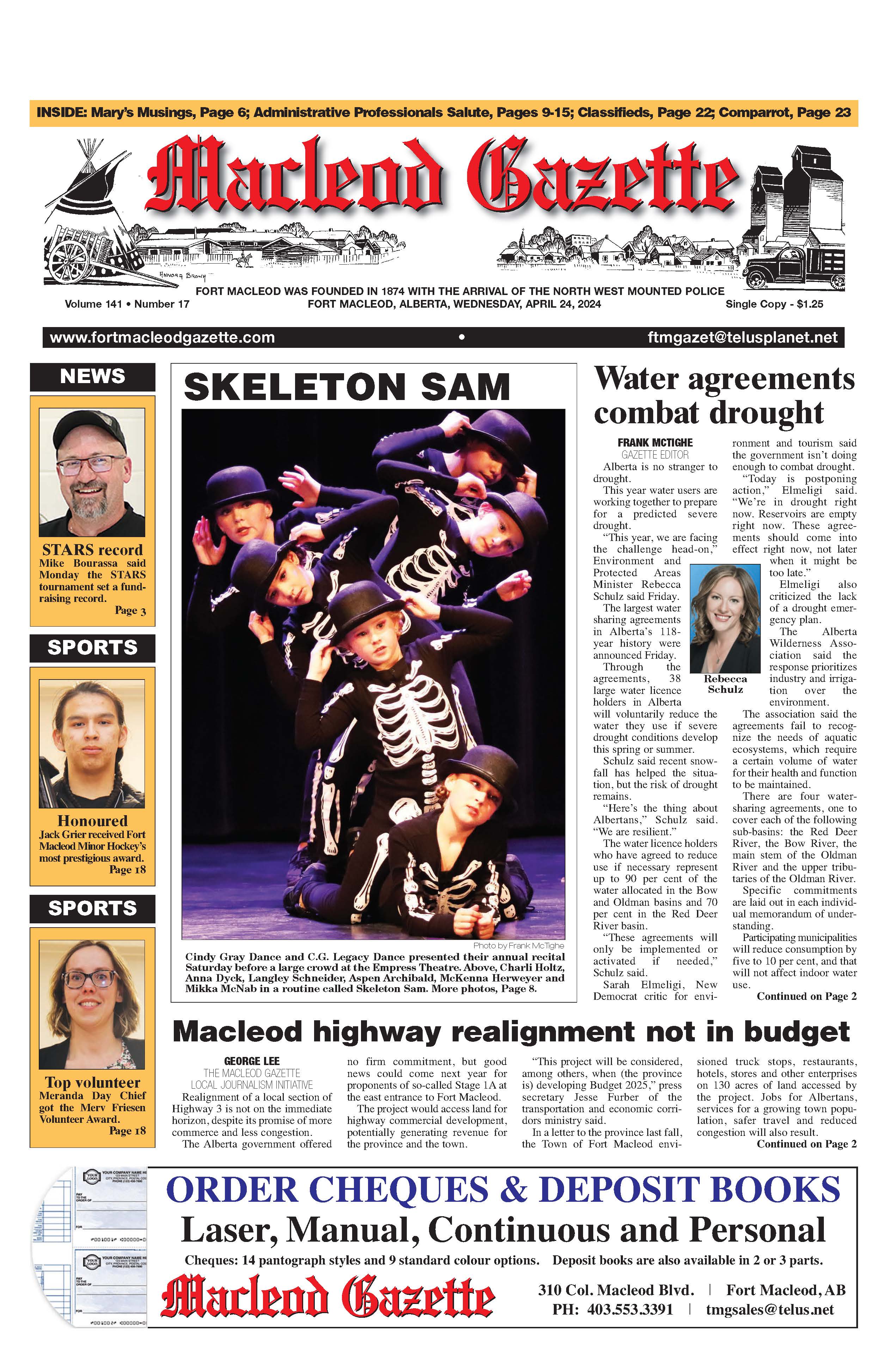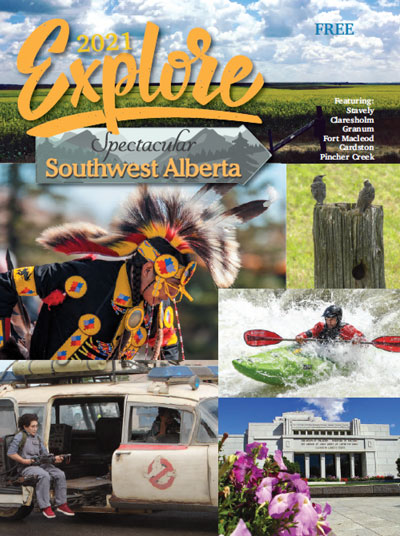Future hunting seasons for Alberta’s Ruffed Grouse population may be managed differently once the results of a new study by University of Lethbridge researchers Theresa Burg and Andrew Iwaniuk are analyzed.
The study, which received $30,400 in funding support from the Alberta Conservation Association, seeks to build on previous work that identified the southwestern Ruffed Grouse population in the Crowsnest Pass area differs genetically from other Alberta populations.
The goal now is to determine how many populations can be identified with genomics methods applied to a broader sampling of Ruffed Grouse populations across the province.
“The management of hunted game species is highly dependent on the identification of populations and estimating the sizes of those populations and their connectivity,” said Burg, professor and chair of the university’s department of biological sciences.
“Genomics is increasingly used in the study of species of concern as well as harvested species, providing new insights into differentiation of species which in turn can have implications into how the species is managed.”
A previous study was conducted in 2016 by University of Lethbridge alumnus Ashley Jensen and featured the gathering of Ruffed Grouse samples in the Crowsnest Pass area.
The new study will involve the acquisition of samples from a larger number of populations than the 2016 work and, by using a genomics approach, provide higher resolution differences between the Alberta populations.
“Genomics methods have higher precision because many more genetic markers are examined, which gives us much more precise population differentiation,” Burg said. “As well, because there is gene flow between populations, genomics is much better at accurately identifying inbreeding, which gives us better insight into which populations may be at risk of further habitat disruption or unsustainable hunting rates.”
The Ruffed Grouse is a highly prized game bird in Alberta and is intensively managed for hunter harvest, with its hunting season running primarily from September through January.
Bag limits for Ruffed Grouse are set at five per day with a 15-bird possession limit.
Despite the intense hunting pressure on some Ruffed Grouse populations in the province, very little data exist on their population genetics throughout most of their range.
The Crowsnest Pass population that was studied in 2016 yielded an unexpected variation from other parts of the province.
This new study will sample more sites, including those in northern Alberta as well as isolated populations in Elk Island National Park and Cypress Hills Interprovincial Park.
“By using genomics, we will be able to accurately identify and delineate Ruffed Grouse populations and calculate the degree of heterogeneity within them,” Burg said. “This will tell us the status of the Crowsnest Pass population as well as other distinct regional populations and how much they differ from more continuous populations.”
From there, the researchers will be able to assess whether higher bag limits are sustainable across the various wildlife management units or if lower bag limits are needed to ensure the long-term viability of all Ruffed Grouse populations.





